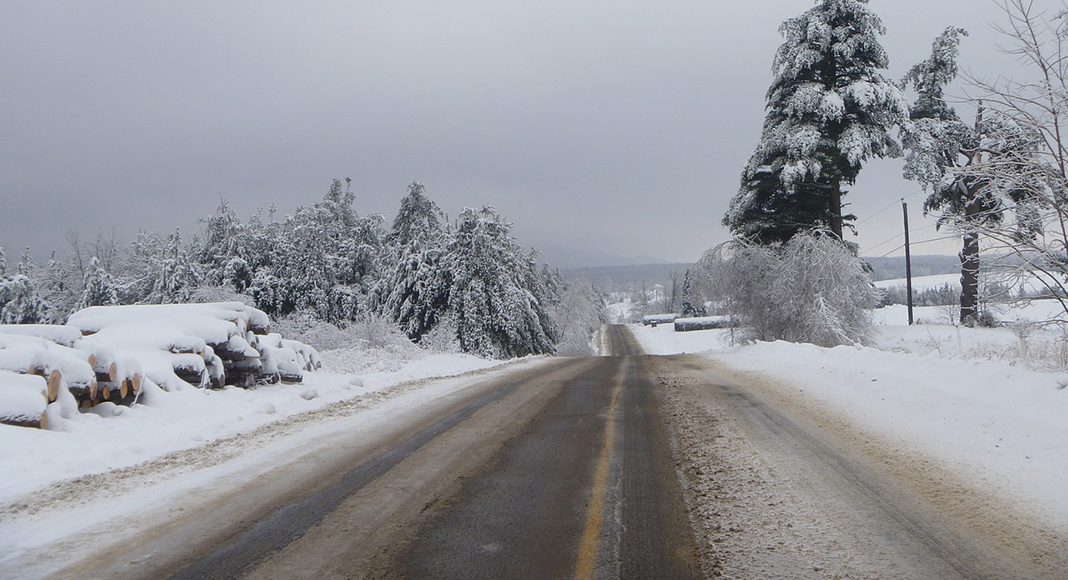December 1-7 is National Safe Driving Week and the Canada Safety Council is reminding drivers of the importance of preparing for winter driving.
The Safety Council highlights that during the non-winter season, bad driving habits can creep into a driver’s repertoire, including aggressive braking and a lack of space around their car. These same habits just don’t work in the wintertime, as snow and slush are much more unforgiving than dry and clear pavement.
Here are a few safety considerations suggested by the Canada Safety Council:
Winter tires
During the winter months, the rubber compound in tires that are intended for the weather stays softer than other tires, improving traction and grip. They can also contribute in reducing braking distances by as much as 25 per cent.
Winter tires should be installed when the weather drops below 7 degrees Celsius, as that is when they’re at their most effective. Be sure that your winter tires come with the three-peak-mountain-and-snowflake icon designating that the tires meet standards to be classified as winter tires, and be sure to use four winter tires of the same type. Don’t mix and match.
Adjust your driving habits
When the roads are clear and dry, the conditions are more forgiving of braking more aggressively and leaving less space between yourself and the car in front of you. With ice, slush and snow in play, there’s much less margin for error. A slower pace and more room around your vehicle will only serve you well. Take care to steer gently, avoid cruise control, and steer in the direction you want to go in the event of a skid.
Winter also brings its own set of unique hazards that aren’t present during the summer. Snow banks may encroach on the roadways, providing more restrictive access to some lanes. This makes it more important than ever to share the road. Give yourself enough room to manoeuvre your vehicle. If that means waiting for another driver to pass by, don’t speed up and try to squeeze past them. Be patient.
Leave yourself some time before leaving to check the weather conditions, and consider canceling or delaying your trip if conditions appear to be worsening. Should you be able to leave safely, clear your car of snow and ice before doing so.
Let snowplows do their thing
Always yield the right-of-way to snowplows. Plow drivers know their vehicles and their limitations. They have to drive at slower speeds and stop frequently. As with the above, patience is paramount. The plow driver will pull over and allow you to pass when it is safe to do so.
Don’t ever attempt to pass a working plow, as you risk hitting the blade and causing damage to their vehicle and yours. Or you could get buried under a pile of snow the snowplow is attempting to clear.
Car maintenance
Make sure your car is winterized and ready for the season. This includes a fully-charged battery, a topped up windshield washer fluid reservoir, fully functional heater and defroster and windshield wipers that can withstand the ice and snow without leaving large streaks.
It’s also a great idea to keep an ice scraper, a jug of windshield washer fluid that works down to -40 degrees Celsius, and an emergency survival kit including a charged phone, water and non-perishable food, a flashlight, a blanket, warm clothes, jumper cables, a shovel, traction mats or sand, candles and a book of matches or a lighter.
You should also get a maintenance checkup done on your vehicle. An expert will be the best person to help you ensure your vehicle is winterized and ready to roll.



















